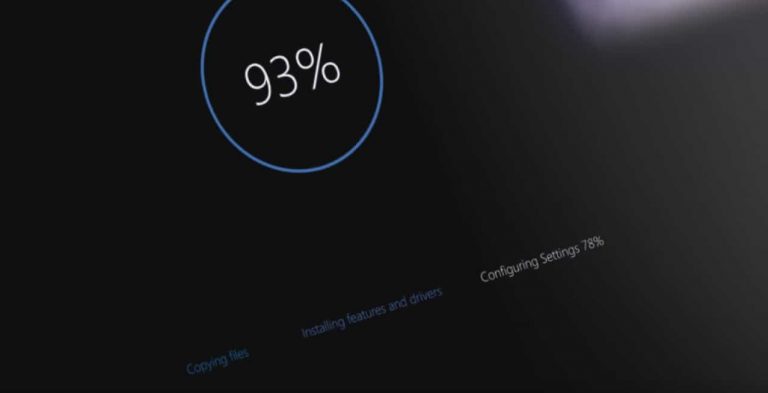The Windows team promised a faster build cycle and, true to their word, Windows 10 Insider build 11099 is now available for Fast Ring members. While the new build isn’t offering any groundbreaking new features or UI changes, the Windows team outlines precisely what the update is doing under the hood for Windows 10 users.
As with the previous build, this build does not include big noticeable changes or new features yet. Our focus through the holidays was on structural improvements to OneCore, which is the shared core of Windows across devices. The code refactoring and other engineering work we’ve been doing to optimize OneCore is nearing the point where we will be ready for teams to begin checking in new features and improvements. It will still be a few builds before any really noticeable changes show up, depending on when teams begin lighting up new features in their areas. We’re excited for Insiders to use this build to validate the work we’ve been doing to OneCore, so give this build a try and let us know of any issues you run into via the Windows Feedback app.”
The Windows team goes on further to explain that the changes being made will result in faster builds, but expectedly, the builds could contain more bugs than even Fast Ringer members are accustomed. Even though Windows 10 Insider build 11099 is more of a foundational update, there are two changes Insiders should note.
The first, the issue with the progress dialog appearing when deleting or copying files via the File Explorer has been addressed. Second, the Windows team is moving from away from publishing known issues in a lengthy blog post via the Windows Blog. Perhaps, to entice Insiders to utilize the Insider Hub more often, the Windows team will now be posting known issues within the Insider Hub. The move makes sense, as those who are already enrolled in the Insider program already have access to the Insider hub.
Windows 10 Insider build 11099, while welcomed, seems to be a case of “be careful of what you wish for, you just might get it.” With faster build releases comes more updates that amount to nothing more than bug squashes and performance fixes, as the Windows team can work in features more steadily.


